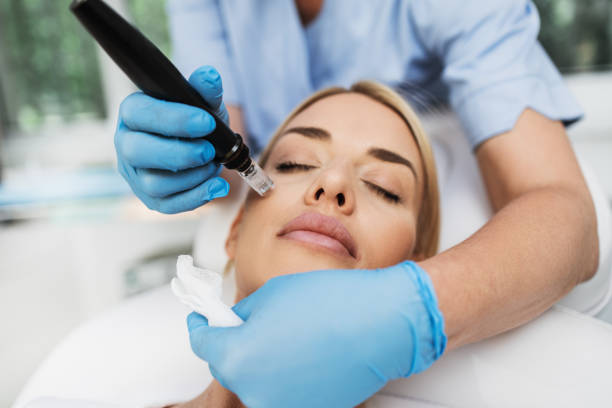
Table of Contents
Surgical and Non-Surgical Skin Tightening Treatments 101: Everything You Need to Know
Introduction
Skin tightening treatments have become increasingly popular for individuals looking to enhance the appearance and firmness of their skin. Whether seeking non-invasive options or considering surgical procedures, various techniques are available to address sagging and loose skin. From radiofrequency and ultrasound to microneedling and injectable fillers, these treatments offer different approaches to achieve tighter and rejuvenated skin. In this article, we will explore some of the popular skin tightening methods, their benefits, and considerations to help you decide on the best approach for your skincare needs.
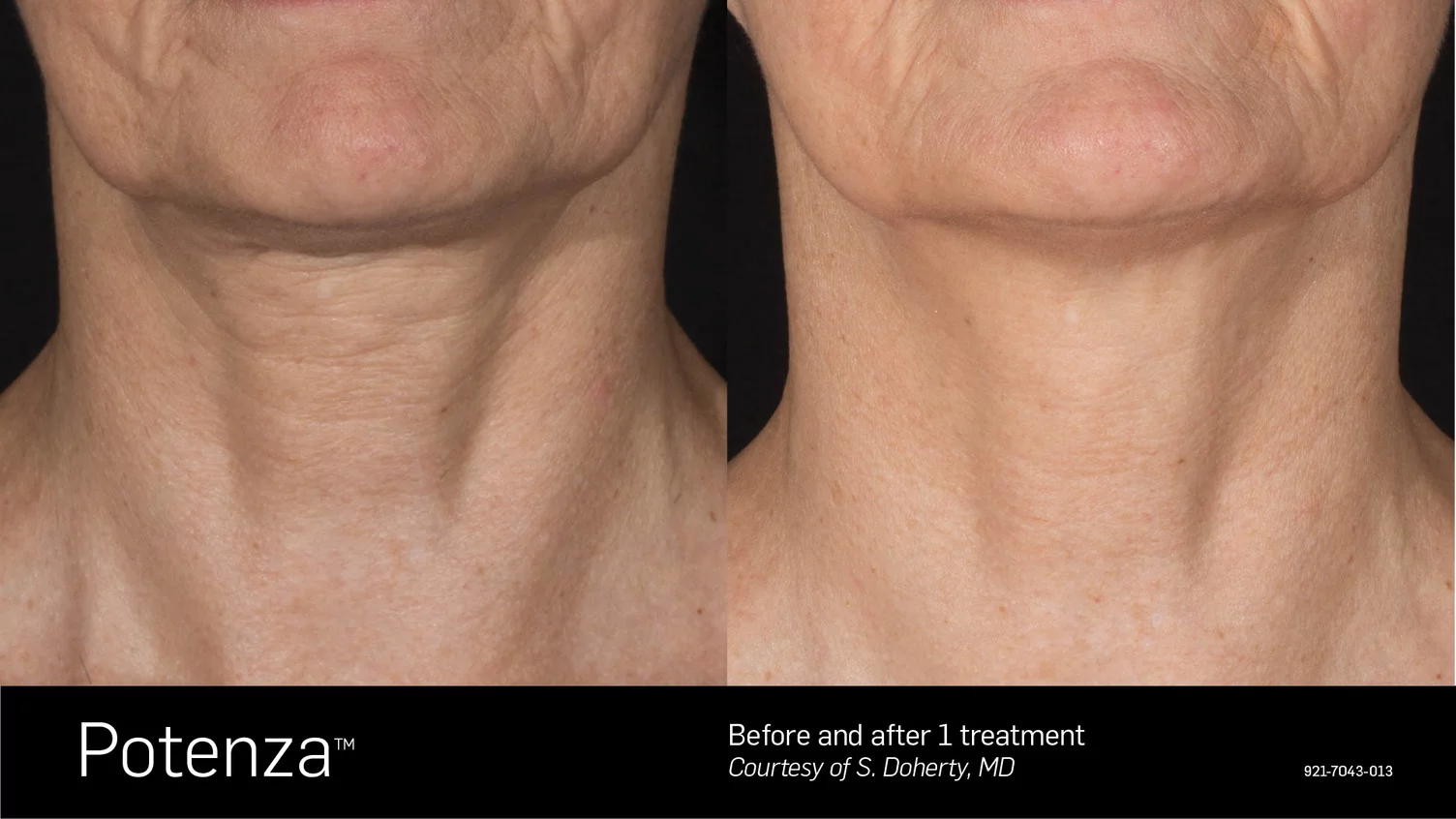
What is skin tightening?
Cosmetic operations for skin tightening are designed to improve the appearance of your face and body. Optional treatments include both surgical and non-surgical ones. Both facelifts and belly tucks are surgical procedures for skin tightening. While they are more costly and have a larger risk of complications, they can deliver more dramatic results. Non-surgical skin tightening procedures are far less intrusive but frequently don’t have the same dramatic effects as surgery. They are less expensive, have fewer risks, and require less time to recover, which are the perks.
Here are some popular methods for skin tightening
Radiofrequency skin tightening
With radiofrequency skin tightening, you can restore lost collagen to a part of your skin that needs to be tighter by using a device to provide controlled radio waves. Topical anesthetics are used during the surgery (or frequently none at all), and no recovery time is required.
Radiofrequency radiation is converted into thermal energy (heat) in the treatment region by the resistance in your tissues. The release of heat-shock proteins then results in the synthesis and generation of new collagen in the treatment area, which could also enhance flexibility.
According to numerous studies, it can be triggered by elevating the skin’s temperature and maintaining it there for at least three minutes.
Numerous sessions are necessary to see the effects of most radiofrequency treatments. The skin tightening results won’t be fully apparent immediately away. The treatment course for this procedure commonly takes about four months to take full effect.


Intense pulsed light for skin tightening
IPL therapy, or photorejuvenation, is a secure and efficient approach to treating sunspots, unwanted hair, and loose skin. The collagen fibres in your skin are heated during IPL treatments, which causes them to constrict and tighten the skin. The skin’s texture is further enhanced by thermal stimulation, which promotes new collagen growth and adds volume. Your skin will appear plumper and fuller as a result.
The region around the lips and eyes is the most often treated area with IPL. Usually, thinner lines will respond more favourably than deeper furrows. Your initial results will be mild; for the greatest outcomes, an IPL treatment series usually comprises four to six sessions. According to recent studies, medical professionals can also mix IPL and Botox treatments to achieve smoother skin with fewer wrinkles.
Ultrasound for skin tightening
To encourage the development of new collagen, ultrasound skin tightening entails employing a device to transmit sound waves deep into your skin. In a way similar to radiofrequency and IPL, ultrasound treatment works on your skin by producing a controlled amount of heat. As new collagen is generated in the body, your body’s already-existing collagen strands begin to contract.
For ultrasound therapy at home, portable equipment is obtainable online and at beauty supply stores. However, these gadgets must be used longer and are pricey to observe benefits. They might not have any impact without the expertise of a qualified specialist.
The most common ultrasonic side effect is temporary discomfort during the treatment session. Other less frequent adverse effects include transient bruising, edema, and redness. Darkened skin and brief numbness or weakness in the treated area are uncommon side effects.
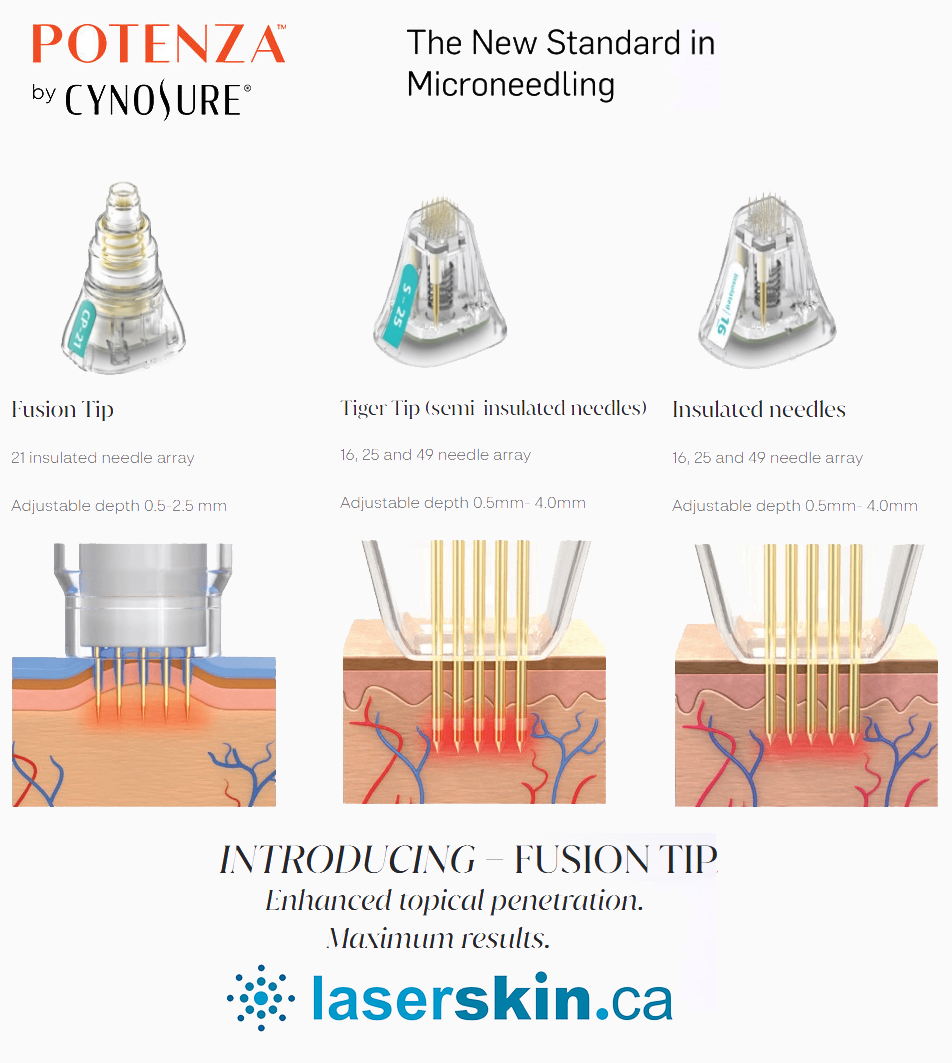
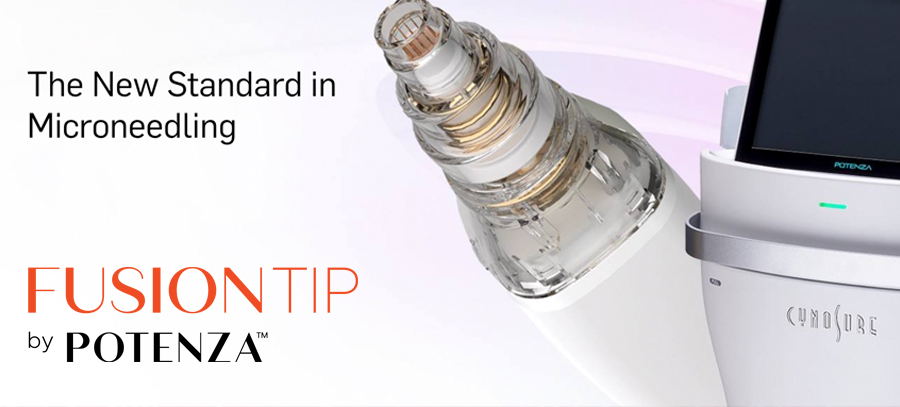
Microneedling skin tightening treatment
Microneedling is a non-invasive treatment employing equipment with rows of small needles that pierce the skin, causing controlled damage. This causes a healing response, which encourages the development of new collagen and elastin fibres.
In addition to skin regeneration, microneedling can aid with scars and stretch marks. It is occasionally coupled with radiofrequency treatments to enhance the benefits.
Microneedling is a frequent technique in dermatology. It’s regarded as a safe, effective, and low-cost alternative to other skin tightening treatments. Most people endure it well and recover quickly.
Some of the expected negative effects of microneedling treatments consisted of:
Minimal discomfort during the process.
- Redness
- A slight swell
- Irritation
Most of the time, these side effects go away within a few hours or a day.
Injectable fillers for skin tightening
To temporarily plump up the skin and enhance its appearance, injectable dermal fillers are injected directly beneath it. They can be used on your face to revitalize it, increase volume, and repair wrinkles.
Hyaluronic acid, collagen, fat cells, or synthetic materials can all be used to make injectable fillers. There are advantages and risks specific to each sort of product. To smooth and tighten your face, a dermatologist or injector can assist you in making the right filler selection.
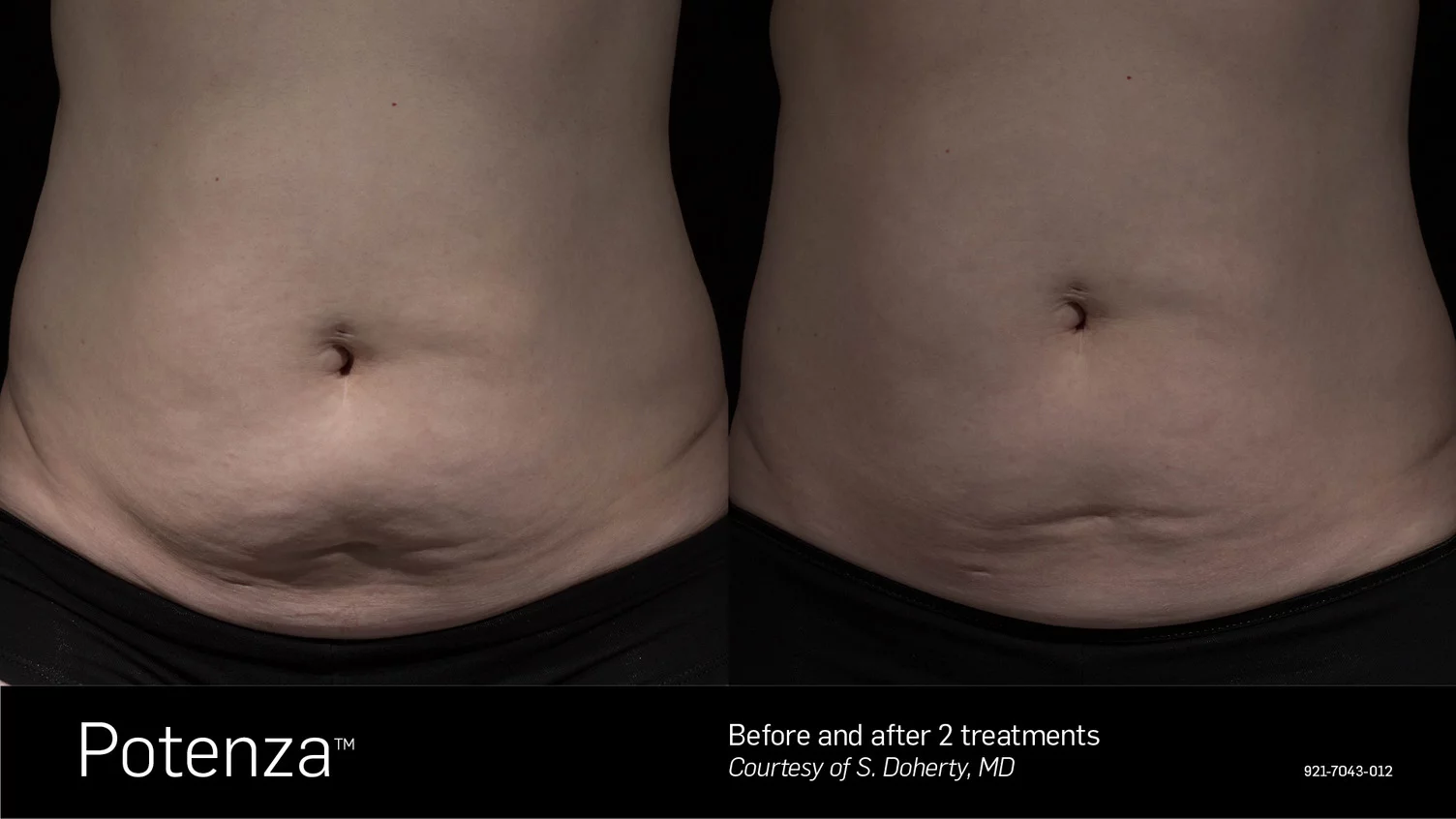
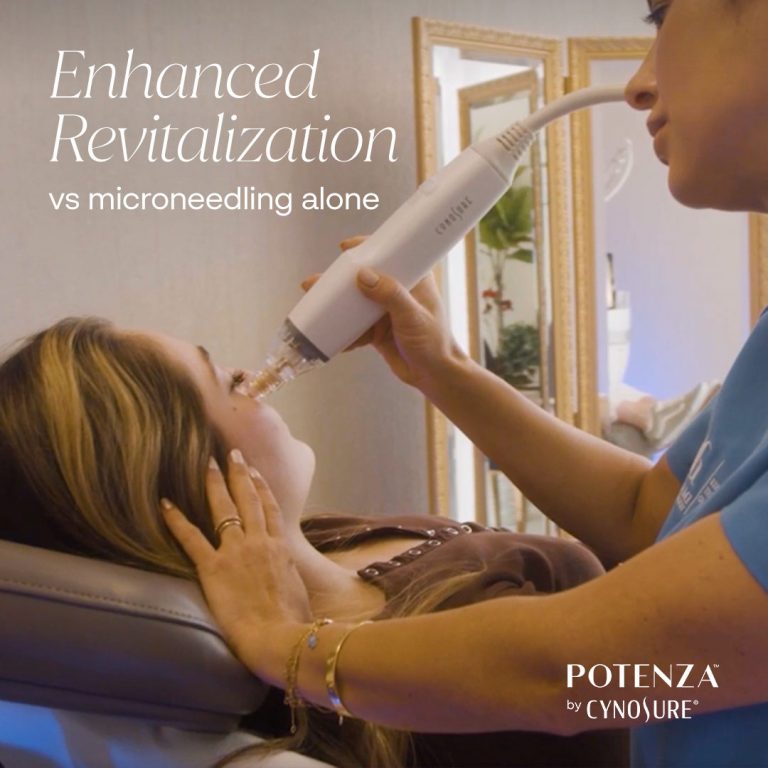
Skin tightening facelift
A facelift involves a surgical technique to tighten the skin and underlying facial muscles. A facelift will provide an overall tightening effect, which can aid in the correction of sagging skin in the centre of your face, below your eyes. Your surgeon can also revitalize your lower face and correct the aging-related loss of skin tone.
If a full facelift is not desired or necessary, an alternative option is a neck lift procedure to address loose and sagging skin around the jawline (commonly known as “jowls”). Although the results are not as dramatic as a full facelift, they are comparable.
The risks are the same regardless of which sort of facelift operation you pick. These examples include bleeding, bruising, swelling, nerve injury, wound infection, unfavourable scarring, and anesthesia issues.
While performing your skin tightening operations, a skilled plastic surgeon can collaborate with you to reduce the possibility of any issues.
Q & A
What are the options for skin tightening treatments?
There are several options for skin tightening treatments, including surgical and non-surgical procedures. Surgical options include facelifts and tummy tucks, which provide more dramatic results but have higher costs and risks. Non-surgical options include radiofrequency skin tightening, intense pulsed light therapy, ultrasound treatments, microneedling, and injectable fillers.
How does radiofrequency skin tightening work?
Radiofrequency skin tightening involves using a device that delivers controlled radio waves. These radio waves generate thermal energy (heat) in the tissues, stimulating collagen production. The boost in collagen production aids in tightening and toning the skin, leading to a rejuvenated and youthful look.
What are the benefits of intense pulsed light for skin tightening?
Intense pulsed light (IPL) therapy is safe and effective for treating sunspots, unwanted hair, and loose skin. During IPL treatments, the collagen fibres in the skin are heated, causing them to contract and tighten. Additionally, thermal stimulation promotes the growth of new collagen, improving the skin’s texture and volume.
How does ultrasound skin tightening stimulate collagen production?
Ultrasound skin tightening involves using a device that emits sound waves deep into the skin. These sound waves generate a controlled amount of heat, stimulating new collagen development. As new collagen is produced, the existing collagen strands in the body contract, resulting in tighter and firmer skin.
What are the advantages of microneedling for skin tightening?
Microneedling is a non-invasive treatment that utilizes a device with small needles to create controlled damage to the skin. This triggers a healing response, stimulating the production of new collagen and elastin fibres. In addition to skin tightening, microneedling can improve the appearance of scars and stretch marks.
What types of injectable fillers are used for skin tightening?
Injectable dermal fillers can temporarily plump up the skin and enhance its appearance. Some commonly used fillers include those made from hyaluronic acid, collagen, a patient’s fat cells, or synthetic materials. Each type of filler has its advantages and risks, and a dermatologist or injector can help determine the most suitable filler for an individual’s needs.
How does a facelift tighten the skin and underlying muscles?
Through a surgical intervention known as a facelift, the skin and underlying facial muscles are tightened, resulting in a more youthful look. Excess skin is eliminated, and the remaining skin is repositioned. The underlying muscles may also be drawn to further support and enhance the overall result.
Do skin tightening procedures come with any potential risks or complications?
Like any medical procedure, skin tightening treatments come with some risks. Surgical procedures carry risks such as bleeding, bruising, swelling, nerve injury, wound infection, unfavourable scarring, and anesthesia-related issues. Non-surgical procedures generally have fewer risks, but potential side effects may include temporary discomfort, redness, swelling, and rare darkened skin or temporary numbness.
Which skin tightening treatment is suitable for sagging skin around the jawline?
Both non-surgical and surgical options can be considered for sagging skin around the jawline. Non-surgical treatments like radiofrequency skin tightening, ultrasound therapy, and injectable fillers can provide noticeable improvements. However, a surgical procedure such as a neck lift or facelift may be recommended for more significant results to address the loose and sagging skin in that area.
Who is a suitable candidate for skin tightening treatments?
Skin tightening treatments suit individuals experiencing mild to moderate skin sagging or laxity who desire skin firmness and appearance improvement. The ideal candidate is generally in good overall health and has realistic expectations about the treatment outcomes. It is important to consult with a qualified dermatologist or plastic surgeon to determine the most suitable treatment based on individual concerns, skin conditions, and desired results.
Conclusion
Skin tightening treatments offer a range of options for individuals seeking to improve the firmness and appearance of their skin. These treatments cater to different needs and preferences, from non-surgical techniques like radiofrequency and ultrasound to surgical procedures like facelifts. Whether you prefer a non-invasive approach with minimal downtime or are willing to undergo surgery for more significant results, a skin tightening treatment is suitable for you. Consulting with a qualified dermatologist or plastic surgeon is crucial to determine the most suitable option based on your specific concerns and desired outcomes. With advancements in cosmetic procedures, achieving tighter, more youthful-looking skin is within reach for those seeking rejuvenation and confidence.
Book Your Free Consultation Today Or Call (647) 560-9233
By providing your phone number you agree to receive informational text messages from laserskin.ca. Consent is not a condition of purchase. Message frequency will vary. Msg & data rates may apply. Reply HELP for help or STOP to cancel.
